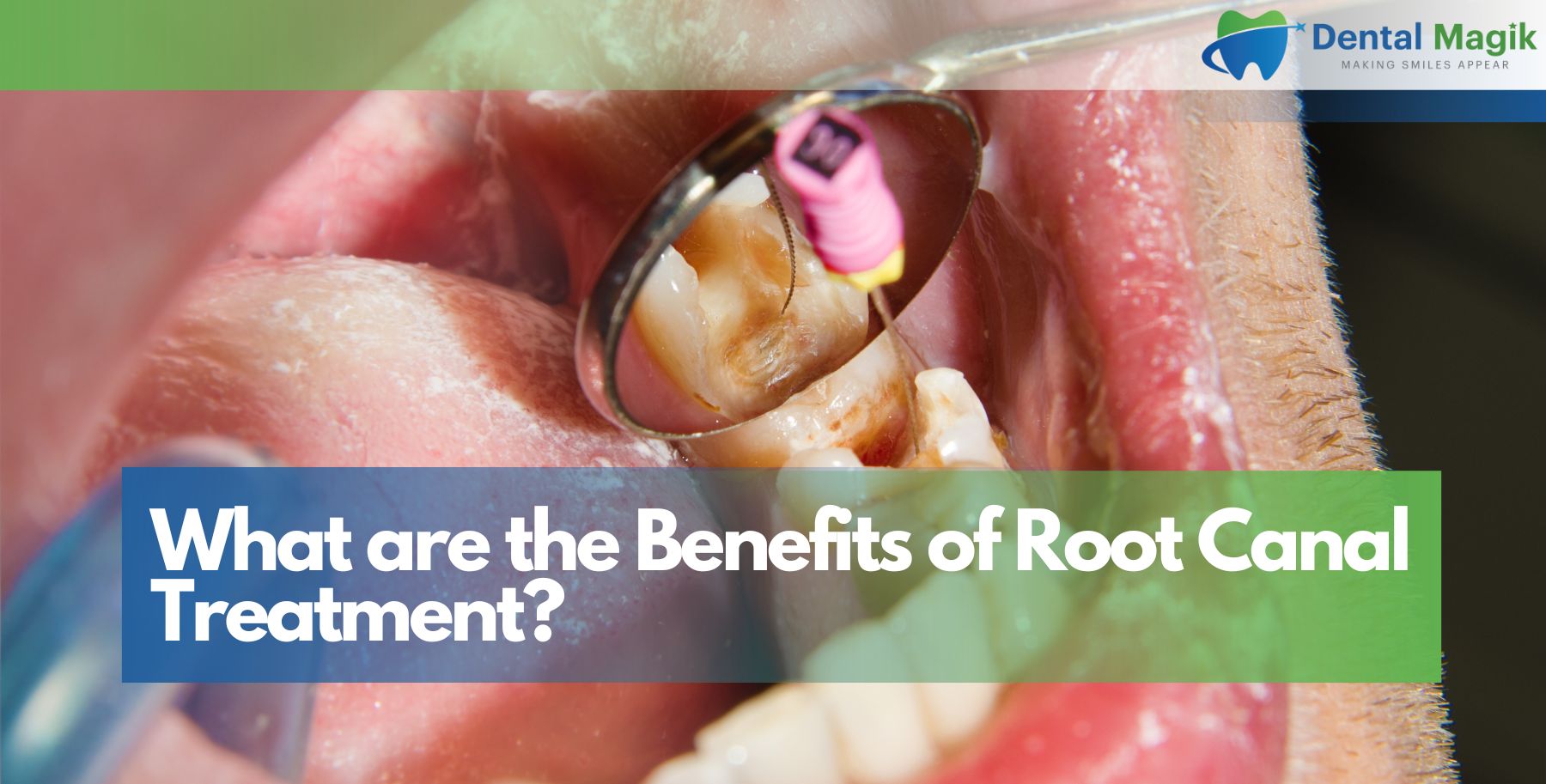A dentist for dental crown procedures ensures that a damaged or weakened tooth gets the necessary protection and aesthetic enhancement. Dental crowns serve as a long-term solution for teeth affected by decay, fractures, or large fillings. They restore strength, functionality, and appearance, making them a popular choice for many patients. But how does the preparation process work? This comprehensive guide walks through the step-by-step procedure a dentist for dental crown follows to prepare a tooth and ensure a perfect fit.
Understanding the Purpose of a Dental Crown
A dentist for Dental Crown in East Brunswick, NJ procedures may recommend a crown for several reasons. Crowns are not only used to protect weakened teeth but also to improve appearance and function. They are commonly placed after root canal treatment, dental implants, or to restore a severely decayed tooth.
When Is a Dental Crown Needed?
A dentist for dental crown treatments may be necessary in the following situations:
- A tooth with extensive decay that cannot support a filling
- A fractured or weakened tooth requiring extra reinforcement
- Teeth that have undergone root canal therapy
- A missing tooth being replaced with a dental implant
- Teeth that are discolored or misshapen, requiring cosmetic correction
The preparation for a dental crown involves multiple steps to ensure a comfortable and durable restoration.
Step-by-Step Process of Preparing a Tooth for a Dental Crown
The procedure for preparing a tooth for a dental crown typically requires two visits to the dentist for dental crown placement. The first appointment involves reshaping the tooth and taking impressions, while the second visit includes placing the final crown.
Step 1: Examination and Consultation
Before starting the procedure, a dentist for dental crown will conduct a thorough examination of the affected tooth. This includes:
- Taking digital X-rays to check for decay, cracks, or underlying infections
- Evaluating the tooth structure to determine whether a crown is necessary
- Discussing crown material options such as porcelain, ceramic, metal, or zirconia
If there are any infections or severe damage, additional treatments like a root canal may be required before proceeding with crown preparation.
Step 2: Numbing the Area with Local Anesthesia
To ensure a painless experience, the dentist for dental crown will administer local anesthesia to numb the tooth and surrounding gum tissue. This step is crucial, as it prevents discomfort during the reshaping process.
Step 3: Tooth Reshaping and Reduction
The next step involves shaping the tooth to accommodate the crown. This requires:
- Trimming the enamel: The dentist for dental crown will carefully remove a small portion of the tooth’s surface to create space for the crown. The amount of reduction depends on the type of crown material used.
- Smoothing rough edges: The tooth is shaped to ensure a snug and secure fit. The goal is to maintain enough natural tooth structure while making space for the new crown.
In cases where a tooth is significantly damaged or fractured, the dentist for dental crown may use dental filling material to rebuild the structure before shaping it for the crown.
Step 4: Taking Dental Impressions
After reshaping the tooth, impressions are taken to create a custom-fit crown. This can be done using:
- Digital scans: Advanced 3D scanning technology for precise imaging
- Traditional putty impressions: A mold is created by pressing a soft material onto the prepared tooth
These impressions are then sent to a dental laboratory, where skilled technicians craft the final crown.
Step 5: Placing a Temporary Crown
Since creating a permanent crown takes a few weeks, a dentist for dental crown will place a temporary crown over the prepared tooth. The temporary crown serves to:
- Protect the exposed tooth structure from sensitivity
- Maintain tooth function and appearance
- Prevent shifting of surrounding teeth
Patients must take care of their temporary crown by avoiding sticky or hard foods and practicing good oral hygiene.
The Final Crown Placement Appointment
After about two weeks, the permanent crown will be ready for placement. This second visit includes:
Step 6: Removing the Temporary Crown
The dentist for dental crown will gently remove the temporary crown and clean the prepared tooth. This ensures a proper bond for the final restoration.
Step 7: Fitting and Adjustments
Before cementing the final crown, the dentist for dental crown will check:
- The fit and bite alignment
- The shape and color to match surrounding teeth
- The overall comfort of the patient
Minor adjustments are made if necessary to ensure a natural and comfortable fit.
Step 8: Permanently Cementing the Crown
Once satisfied with the fit, the dentist for dental crown will use strong dental adhesive to secure the crown in place. The excess cement is removed, and a final polish is done to enhance the appearance.
Step 9: Final Bite Check and Polishing
After placement, the dentist for dental crown will conduct a bite test to ensure proper alignment. Any necessary refinements are made, and the crown is polished to a natural shine.
Post-Care Instructions for a Dental Crown
After getting a dental crown, proper oral care is essential for longevity. A dentist for dental crown recommends the following:
- Brush and floss regularly to prevent plaque buildup
- Avoid biting down on hard objects like ice or pens
- Schedule regular dental checkups for maintenance
- Use a night guard if you grind your teeth at night
With good care, a dental crown can last 10-15 years or even longer.
Common Issues and Solutions with Dental Crowns
Despite their durability, dental crowns can sometimes face issues such as:
- Sensitivity: Some patients may experience mild sensitivity after the procedure, which typically subsides within a few days.
- Loose Crown: If the crown feels loose, visit a dentist for dental crown immediately for adjustments.
- Chipping or Cracking: Porcelain crowns can chip if exposed to excessive force. Avoid chewing hard foods and use caution when biting down.
Conclusion
A dentist for dental crown follows a meticulous process to prepare a tooth for a dental crown, ensuring strength, durability, and aesthetics. The procedure involves examination, reshaping, impressions, and the placement of a custom crown to restore function and appearance. With proper care and maintenance, dental crowns provide a long-lasting solution for damaged teeth.
For individuals seeking quality dental care, a Dentist in East Brunswick, NJ offers professional dental crown services with expertise and precision. Regular dental visits and proper hygiene habits will ensure the longevity of the crown, helping patients maintain a confident and healthy smile.







